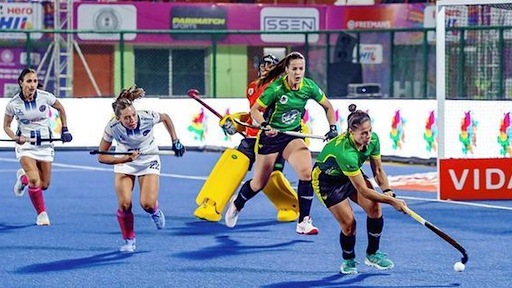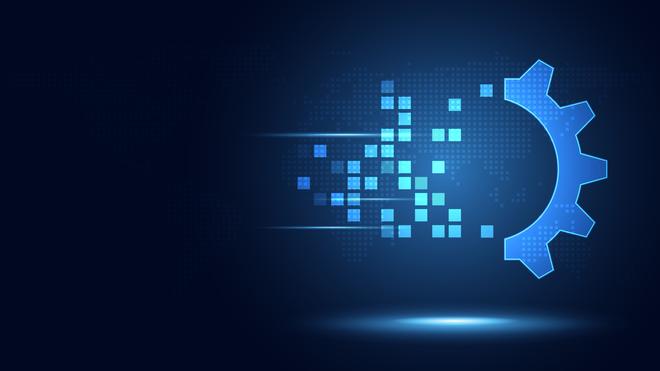



The graduation of the first 17 women cadets from the NDA marks a historic milestone in gender inclusion within India’s defense forces. It reflects progress toward equality, expanded talent recruitment, and greater roles for women in modern warfare and humanitarian missions, despite ongoing cultural and structural challenges.

Disclaimer: Copyright infringement not intended.
The first 17 women cadets to ever be admitted into the National Defence Academy graduated.
The Spring Term 2025 POP stands as a proud testament to the Academy’s enduring commitment to grooming future military leaders, now enriched with the inclusion of women cadets destined to serve the nation with honour and valour. The event held historical significance as it marked the passing out of the first-ever batch of 17 Female Cadets from the Academy — a transformative milestone in NDA’s legacy of nation-building.
This incident is an important step towards gender inclusion in the Indian Army. It also indicates breaking gender obstacles and sets an example for the future generations of women wishing to serve in India's defense services.
|
Dimension |
Explanation |
Example / Justification |
|
Gender Equality |
Provision of non-discriminatory opportunities in defence services aligns with constitutional rights. |
Articles 14, 15, and 16 ensure equality before law, non-discrimination, and equal opportunity. |
|
Talent Pool and Recruitment |
Inclusion of women enhances the talent pool. Women today are capable of handling modern warfare technologies, especially in cyber and tech-based roles. |
Cyber operations, UAV operations, and AI-driven weapon systems can be managed efficiently by trained women personnel. |
|
Human Role of Defence Forces |
Women soldiers can engage with the local population more effectively in areas where cultural or social norms restrict male access. |
Example: Military Civic Action Program in insurgency-affected areas or disaster zones. |
|
Humanitarian and Peace Campaigns |
Women's involvement strengthens peacekeeping, community outreach, and civic engagement. |
UN Peacekeeping Missions have shown higher acceptance and effectiveness with women personnel. |
Physical training difference: Critics argue that physical differences may require modifications in training programs.
Operating challenges: There are concerns about logical adjustment, including infrastructure and deployment conditions.
Readiness of war: Some believe that women may require additional policy adaptation to integrate in frontline fighter roles.
Cultural and Social Resistance: Traditional mindset can face challenges in acceptance and integration within military ranks.
|
Policy/Event |
Year |
Key Highlights |
Significance |
|
Agneepath Scheme |
2022 |
Introduced short-term military recruitment for youth as Agniveers. - Included women for the first time in this recruitment program. |
Aims to modernize the armed forces. Offers military training and career exposure to youth. |
|
Supreme Court Verdict on Women |
2020 |
Ruled in favor of permanent commission for women officers in the Indian Army. - Rejected gender stereotypes. |
Major step towards gender equality in the armed forces. |
|
Kargil Review Committee |
1999 |
Recommended expanding women's roles in non-combat sectors like logistics, engineering, and intelligence. |
Recognized the potential of women in technical and support roles. Guided defense reforms. |
|
Parliamentary Standing Committee |
Various |
Advocated for equal opportunities for women. - Recommended improving infrastructure in training academies for better inclusion. |
Pushed for institutional changes to support women in defense. Focused on long-term structural reform. |
ALSO READ- https://www.iasgyan.in/daily-current-affairs/women-in-command-roles
Source: Indian Express
|
PRACTICE QUESTION Q. What are the challenges in front of women in the Indian armed forces, and how can they be addressed while maintaining operational effectiveness? (150 words) |



© 2026 iasgyan. All right reserved